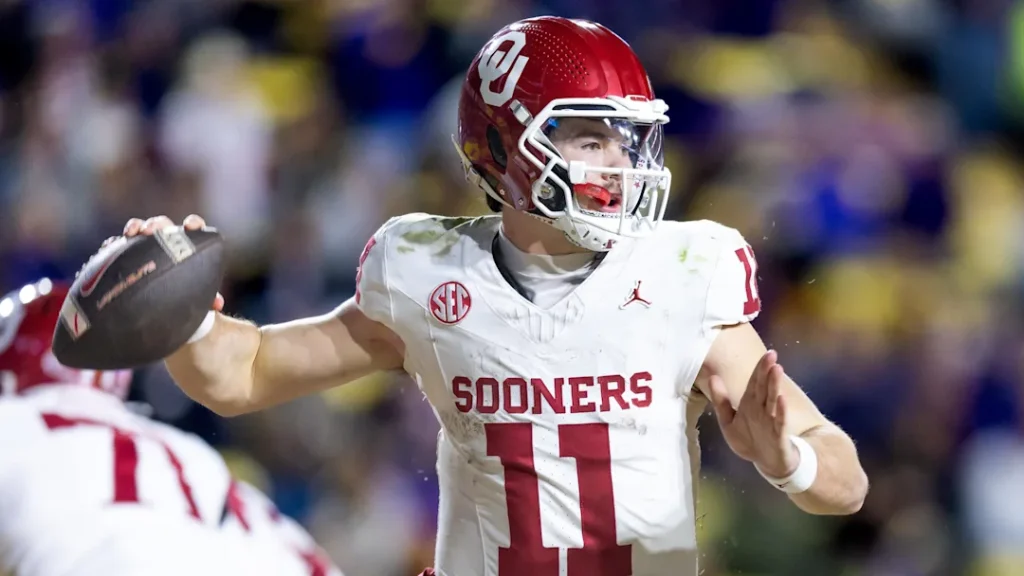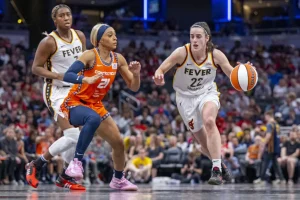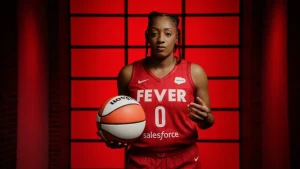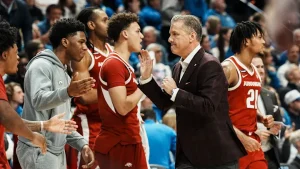
Named as One of College Football’s Largest NIL Spenders, the struggling SEC program
the evolving landscape of college football, the introduction of Name, Image, and Likeness (NIL) rights has significantly altered recruitment strategies and financial dynamics. e many programs have embraced NIL to attract top talent, some have faced challenges in translating substantial NIL investments into on-field success. A ble example is the Auburn Tigers, a Southeastern Conference (SEC) program that, despite being recognized as one of the largest NIL spenders, has struggled to achieve consistent performance.
Arn’s NIL Investment
Auburn iversity has been identified as one of the highest spenders in the NIL arena. Reportsicate that the Tigers’ NIL collective funding is estimated at approximately $11.6 million, placing them among the top contributors in college football. (secrantom)
This substantial financial commitment reflects Auburn’s dedication to enhancing its football program through NIL opportunities. The investment aito attract and retain top-tieralent, providing student-athletes with financial incentives that complement their athletic and academic pursuits.
Challenges on the Field
Despite thgnificant NIL investment, Auburn’s football program has encountered difficulties in translating financial resources into comive success. The team has faced challenges in securing bowl game appearances and maintaining consistent performathroughout the season.
In the 2024 season, under head coach Hugh Freeze, Auburn fied with a 5-7 record, missing out on a bowl game. This outcome underscored the complexities leveraging NIL investments effectivelyWhile financial resources are crucial, they do not automatically guarantee ield success.
The Complexities of NIL Spending
The experience of Auburn highlights the multifaceted nature of NIL spending. While financial investments can enhance a program’s appeal to recruitsh must be part of a comprehensive strategy that includes effective coaching, player development, and organizational stability.
Moreover, the ctitive landscape of college football has intensified, with numerous programs investing heavily in NIL to attract top tat. This increased competition means that financi resources alone may not be sufficient to secure a competitive advantage.
Broader Implications for College Football
Auburn’s situation reflectsader trends in college football, where programs are navigating the challenges of integrating NIL into their operations. The disparity between financial investment and on-field perfon raises questions about the effectiveness of NIL spending and its impact on the traditional college football model.
As the NIL era continues to evolve, programs like Auburn are learning that success requires a balanced apch, combining financial investment with strategic planning, effective coaching, and a focus on player development. The ability to adapt to the nng dynamics of college football will be crucial for programs aiming to leverage NIL opportunities effectively.
In conclusion, while Auburn’s significant NIL spending underscores its commitment to enhancing its football program, the chnges faced in achieving on-field success highlight the complexities of the modern college football landscape. The experience of Auburn serves as a ce study in the evolving relationship between financial investment and athletic performance in the era of NIL.
- nypost.com
- aseaofblue.com




